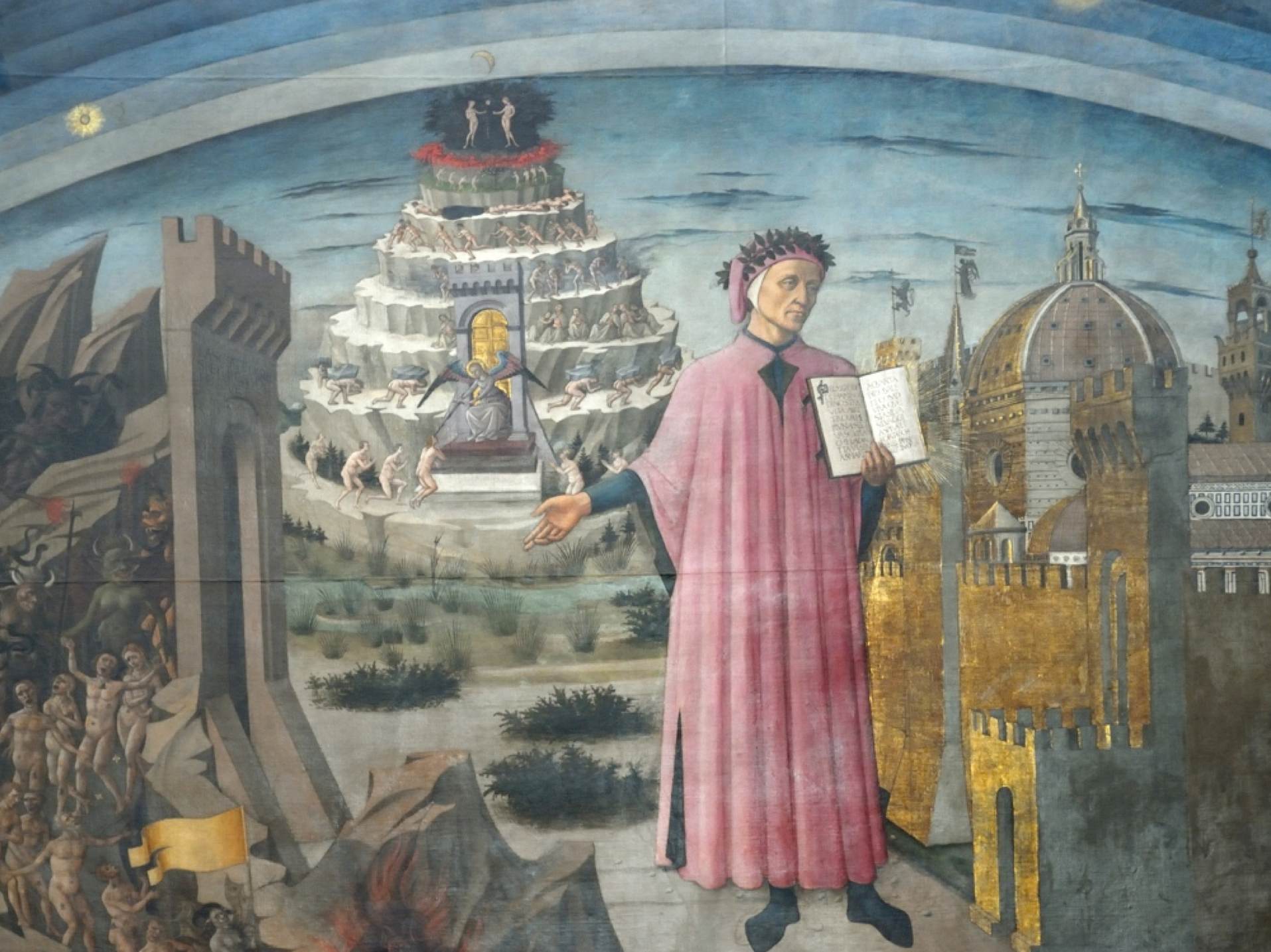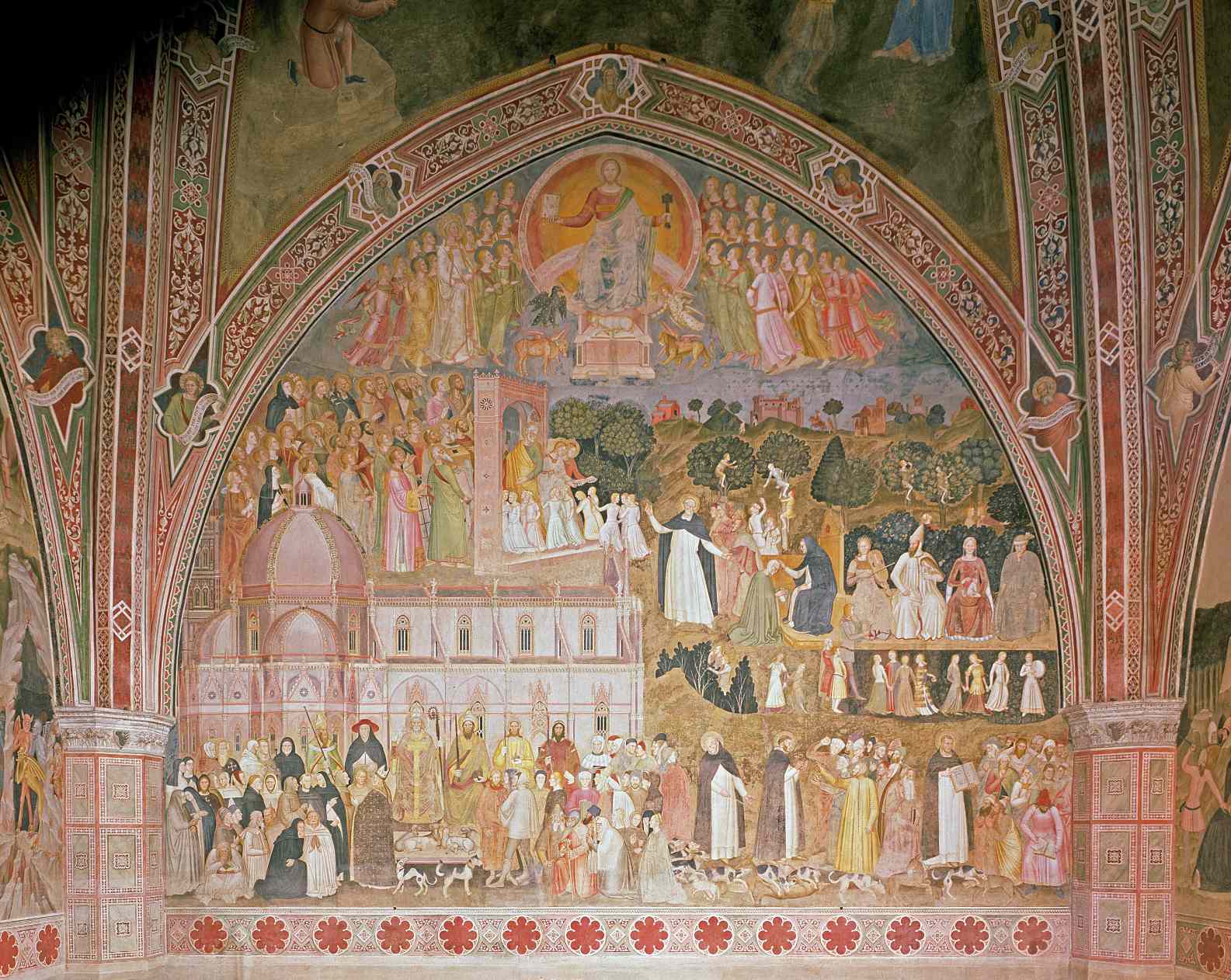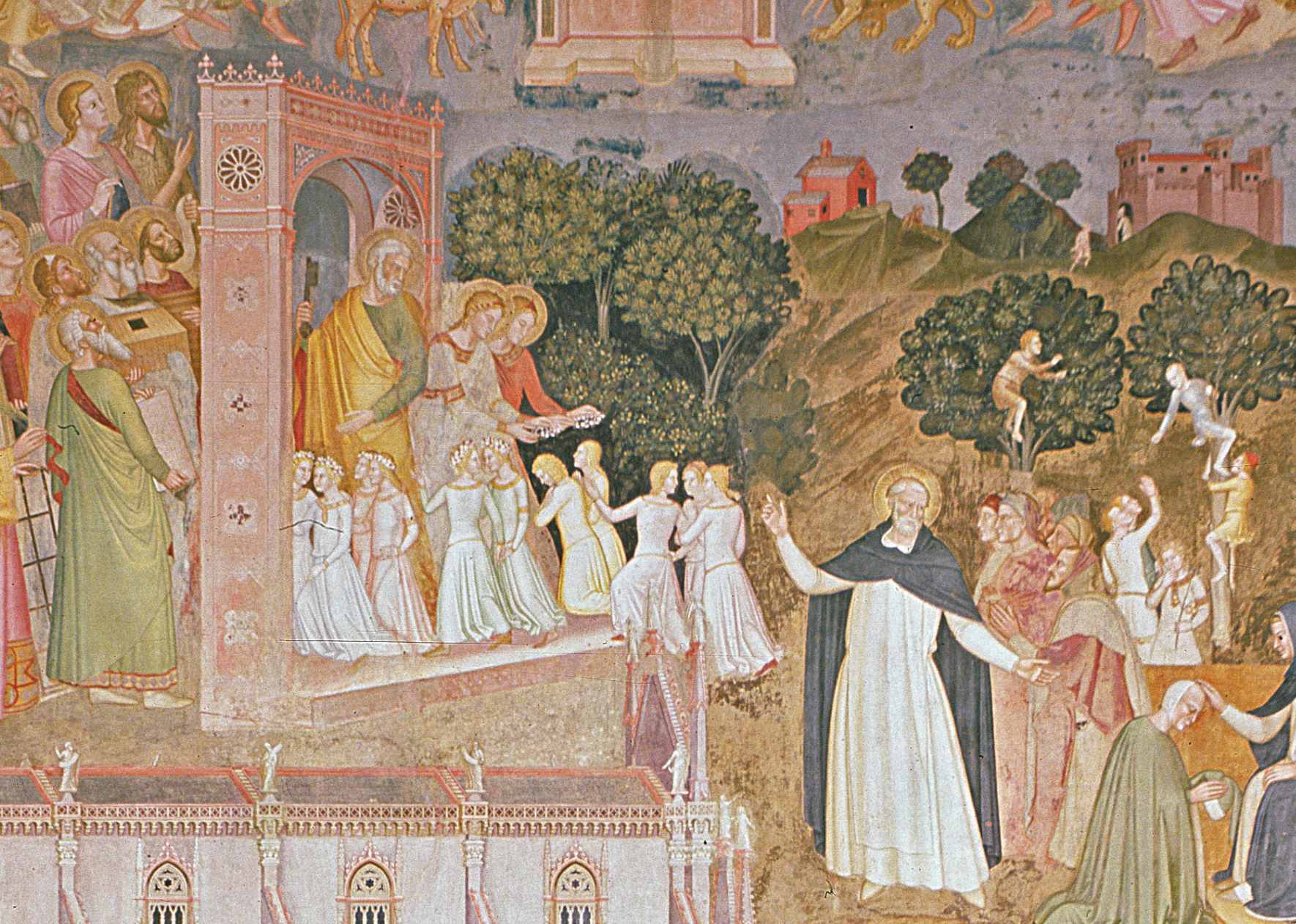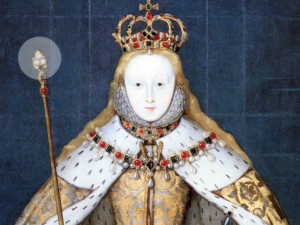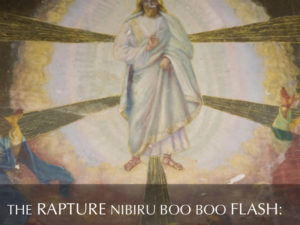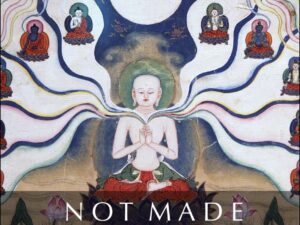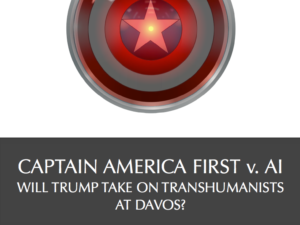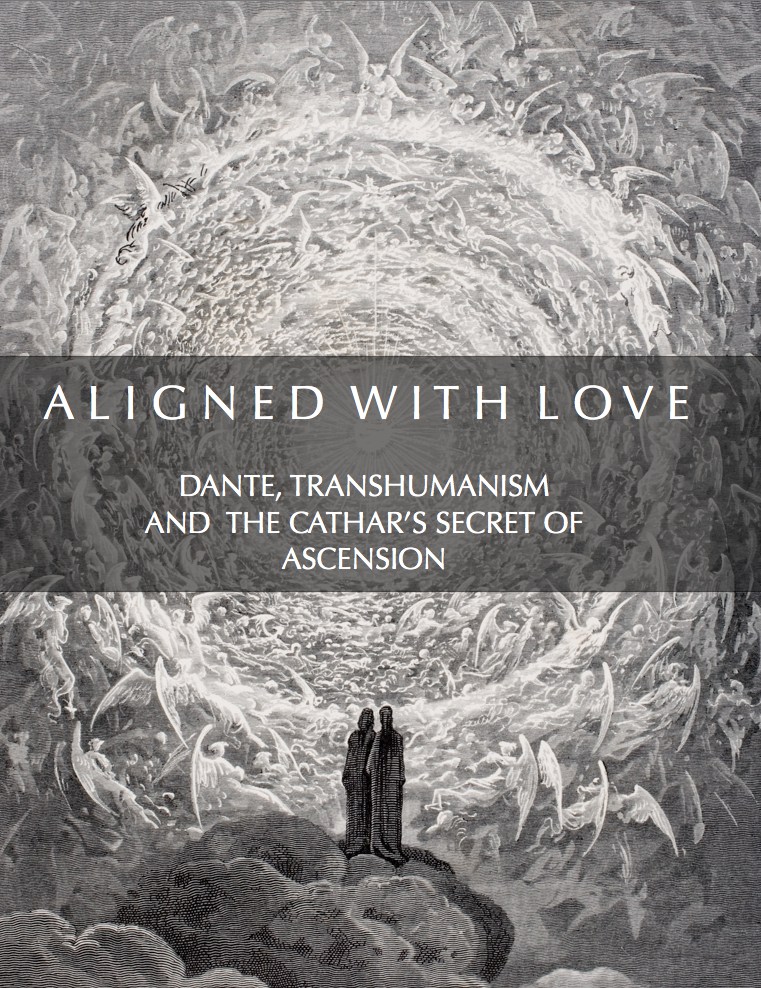
The first use of the word Transhuman was by the 13th century Italian poet laureate and suspected/probable Cathar, Templar and heretic, Dante, in Paradisio, the last book of his Divine Comedy. The poem, considered one of the greatest works of human literature, is a Cathar inspired visionary journey into the afterlife and a guide for our ascension. It also offers an alternative to today’s Transhumanism.
This fact, first introduced by Dr. Natasha Vita-More in the Transhumanist Manifesto, and in her doctoral dissertation (based on research on the history of the term “transhuman” and “transhumanism” she completed with Winifred Drake Clark during the late 1980s to mid-1990s), will come as a surprise to scholars who suggest the term “transhumanism” was first coined in 1957 by Julian Huxley, a British evolutionary biologist and promoter of eugenics (who advocated culling the human herd ala the Nazis), who used the term in his book New Bottles for New Wine. “As an historical note,” says Vita-More, “the Italian verb ‘transumanare’ or ‘transumanar’ was used for the first time by Dante Alighieri (1265-1321) in the Divine Comedy. It means “go outside the human condition and perception” and in English could be ‘to Transhumanate’ or ‘to Transhumanize’.”
Considering Transhumanism is about packing our skins with computer chips, Huxley’s title is more than poetic. Readers of my book, The Skingularity Is Near, are aware that the gods of Silicon Valley (aka the Digerati) are developing a new skin for humanity that will give us vastly advanced capacities such as health, beauty, longevity, athletic ability, and general mental ability, as compared to ordinary humans, and will fulfill Huxley’s vision of ‘positive eugenics’. With our without our permission they seek to transform the entire human race via technology and unite it as one Superbeing.
Transhumanism is a more palatable or higher sounding term for the lower eugenics. It is the goal of UNESCO, the UN’s global organization dedicated to the creation of a single world culture founded by Huxley in 1947. Huxley believed the world was ready for a new religion to replace the old superstitious ones. The UN would build the new Tower of Babel of this religion. You can read a slightly paranoid, but factual, update on the UN’s implementation of Artificial Intelligence to fulfill its globalist agenda here.
New Bottles, New Wine is a play on the mysterious parable attributed to Jesus: “And no one puts new wine into old wineskins…but one puts new wine into fresh wineskins (Mark 2:22). Putting fresh wine in old “stretched to the limit” skins is asking for trouble. It’s like trying to get new results with old behaviors.
Transhumanists believe we must make new skins for the ‘new’, ‘gooder’ human to inhabit. Our old skins and human behaviors simply will not due. Therefore, reason Transhumanists, if we change the skin via technology we can control behavior, and if we can control behavior we can change humanity. Those Fitbits and Apple Watches that monitor blood pressure, heart rate, and basically everything else, are the front door of this type of behavior modification or mind control technology. In March, 2017 Elon Musk launched Neuralink to meld humans with A.I. in an effort to save us.
This behavior-mind-skin modification is among the top concerns of they/we who question the implications/sanity of, or outright oppose, Transhumanism.
What will happen to those who do not take the chip or get the new skin (like some ‘older whiners’, like me, may choose to do)? What if they are deemed unfit or defective humans by the new ones?
Huxley’s writings on eugenics provides possible answers, beginning with sterilizing of the unfit or ungooder (aka those unretrofitted with chips?) and identification of ‘defective’ humans (the unaugmented?). He also advocated for: prohibition of marriage of the unfit and segregation of institutions containing degenerate individuals.
As I write this article, MIT Technology Review announced that the first human embryos have been edited in the U.S., demonstrating that we can improve the DNA of human embryos. The ‘news’ here wasn’t the capability, but the location. Previous reports of editing human embryos were all published by scientists in China, who are considered to be less than ethics challenged. The U.S. intelligence community last year called this type of gene editing (known as CRISPR) a potential “weapon of mass destruction.” It appears the unspeakable is becoming unstoppable.
Dante holds the Divine Comedy.
Will there be a safe place, a high mountain, for the unfit, ungooder and backward thinking humans in the new world of the souped up or hot-rodded Transhumans and genetically engineered humans? A way out?
I believe there is…and this is what Dante was, prophetically, pointing to in the Divine Comedy and what he actually meant when he coined the term Transhuman before Julian Huxley hijacked it.
CHANGING FLESH
Dante’s Divine Comedy is about the soul’s journey to God and how he changed his earthly flesh into celestial flesh, prompting the first dropping of the word Transhuman.
Changing our behaviors that change our flesh to light is the only way out of earth life.
There is nothing funny, ha ha, about Dante’s poem. In the classical sense the word comedy refers to works which reflect belief in an ordered universe, in which events tend toward not only a happy or amusing ending but one influenced by a Providential will that orders all things to an ultimate good. This infers a belief in God, and a God that is actively involved in our daily lives and our ascension.
The ‘how to’ change human flesh into celestial flesh question has been on the human table for thousands of years, especially every since Babylon in 600 B.C. Dante updated it in a dramatic fashion.
The Italian genius was a great assembler of esoteric knowledge. He drew from the Greeks, Romans, early Christians — any and all — who could assist in answering the fundamental question we all face. Where do we go after we die? How do we get there?
He wasn’t the first to visualize, preview or rehearse ascending, but he was among the many who consciously seek the how to of this process.
How do we become more whole, holy, compassionate and complete and ascend to dwell among a higher class of souls? (The answer is we change what we are doing while in the body.)
GET THE ROBE
Dante sought to complete his earthly journey by embarking on a celestial journey which would land him in the company of the holy ones in heaven (Sion, Paradise), and the just humans made perfect, who surround the throne of Christ.
Dante’s journey, and the poem, is divided into three sections: Hell, Purgatory and Paradise. This is our ascension journey, too. The descent into the underworld precedes our ascension. This descent is a sort of ‘pop quiz’. The reason for this is because ‘ontogeny recapitulates philogeny’, meaning we have to go through, recapitulate or ‘review’ all our previous states of being throughout our evolution just to make sure we have transcended them. One reason for this is that they represent where we came from, demonstrating that we are morphing beings who have transited, transfigured or transformed through many previous states (that we don’t have to repeat)… and have many ahead of us, as well.
Dante knew our next goal was to acquire the white robe of these Chosen Ones or Perfect Ones. The idea is that if we want to be like the perfected ones we must dress like them…lightly. This white robe is also worn symbolically by the Knights Templar, the holy militia or God’s army, of which Dante was a member.
Dante studied at Florence’s Santa Maria Novello. The Spanish Chapel, the old chapter house of the monastery shows the white-robed Chosen entering the gate to the high mountain, Sion. This is one of many ascension painting we will study during our “Immortal Italy” tour May 8-22, 2018.
Dante knew that this robe is transmittable and that one way to get this robe was to have it gifted from the Perfect or Chosen. The other way is to act like these beings, to think like them and to become perfect like them while in our earthly body.
Perfection and Heaven are terms for a state of being — and a state of doing — superior to ordinary earth life.
Dante is telling us we can consciously upgrade our consciousness while on earth and ‘ascend’ to a superior place and state of being.
In our future, our future selves will inhabit new skins of light. New behaviors will accompany these light bodies. My work is devoted to identifying these new behaviors and assisting souls in implementing them so that the capacities of our future selves can be lived now. In Buddhism, these invaluable behaviors are called paramitas (“perfection”, “completeness”). These behaviors include generosity, patience, kindness, truth speaking. The root, para, means “beyond” Doing the paramitas completes us and takes us beyond ordinary human suffering.
Identifying with these states of being now, and doing them, is the key to accelerating our evolution. This will take us into the transcendent realms, not Transhumanism.
THE GOOD ONES
In his celestial journey to become a Perfect One in Heaven, Dante also drew from the Cathar knowledge of how to ascend the mystical ladder to God and navigate the seven planetary spheres.
The Cathars (or Good People) of Southern France were gnostic ascension masters who claimed to possess the true secret ascension teaching of Jesus, one composed of symbols and known as “the Book of Love.” They were massacred by the Catholic Church in the first European genocide from 1200-1244 to prevent the Book of Love from gaining widespread acceptance.
Like the Essenes the Cathars sought a return to our Edenic State, our primordial condition before the fall. Back then, we weren’t in a lesser state. We were in a supra-human phase. This is same state of being that Transhumanists seek to attain via technology.
The Cathars utilized the Ascension of Isaiah, an early (2nd-3rd century AD) Christian text that follows the journey of Isaiah, and the ascension of Jesus, through the Seven Heavens, where Isaiah gets his robe. He also saw “Enoch and all who (were) with him, stripped of (their) robes of the flesh; and I saw them in their robes of above, and they were like the angels who stand there in great glory” (Ascension of Isaiah 9:10).
This text was used as a visualization tool to induce visions of the afterlife and to connect with their future selves. Through repeated ‘chanting’ of the text the body of the Cathars began to know what it felt like to be in heaven among the angels and how to become them. Today, feeling it to manifest it is a principle of quantum healing.
In the view of esoteric Dante scholars, such as Gabriele Rossetti, Eugene Aroux and Rene Guenon, Dante’s Divine Comedy is a metaphysical-esoteric allegory that simultaneously veils and unveils the successive phases through which the consciousness of the initiate passes in order to reach immortality (angelhood/perfection). In addition to the Cathar teachings, it is drawn from Eleusis, Karnak, and India. While some wonder how Dante could have contact with these teachings, others, such as this author, believe he had tapped into the unifying cosmic truth woven through these teachings.
Dante’s vision also has elements of Mohhammned’s 7th century ascension to the celestial spheres (Mi’raj). In a single night Mohammed physically and spiritually ascended the seven levels to heaven with the archangel Gabriel, where he spoke with God. Don Miguel Asin Palacios has shown the striking correspondence between the Divine Comedy and The Book of the Nocturnal Journey, especially the fact that both heaven and hell are accessed via an immense funnel formed by a series of levels.
WORDS MAY NOT TELL OF THAT TRANSHUMAN CHANGE
Having completed his ascension through seven halls or holes in space, Dante arrives in the Empyrean, a region of pure light beyond physical existence, time and space, where he is enveloped in a light that transforms his human flesh into the perfect celestial flesh of the angels, rendering him dressed appropriately to see God.
Mohammed nears the Throne of God, attracted by a luminous garland. Says Rene Guenon in The Esotericsm of Dante, “the apotheosis of both ascensions is the same: the two travelers, raised to the presence of God, describe Him as a center of intense light surrounded by nine concentric circles formed by compact lines of innumerable angelic priests who emit luminous rays.”
Dante is practically speechless at witnessing the transfiguration or metamorphosis of his body into light, “words may not tell of that transhuman change.”
Like Glaucus when he tasted the herb of immortality that made him peer among the ocean gods, Dante’s transfiguration is complete.
Like sudden lightning scattering the spirits
of sight so that the eye is then too weak
to act on other things it would perceive,
such was the living light encircling me,
leaving me so enveloped by its veil
of radiance that I could see no thing.
The Love that calms this heaven always welcomes
into Itself with such a salutation,
to make the candle ready for its flame.
Dante witnessed the power of the soul to cloak it self, uncloak itself, and then re-cloak itself. He witnessed the power of resurrection and ascension developed by the guardians of the holy land — the Essenes, Gnostics, Cathars and Templar.
Dante sees an enormous rose, symbolizing divine love, the petals of which are the enthroned souls of the faithful. All the souls he has met in Heaven, including Beatrice, have their home in this rose. Angels fly around the rose like bees, distributing peace and love.
Of course, many Transhumanists do not believe in the existence of an ethereal soul, so most are unaware of the religious nature of their quest to perfect the human body. They have no idea that they are the latest priests of human transformation and that their lineage stretches back, at least, to Babylon, when the Magi first began teaching the art of resurrection. The line weaves through the Essenes and early Christianity.
FACE TO FACE WITH GOD
Finally, Dante comes face-to-face with God Himself (Cantos XXXII and XXXIII). God appears as three equally large circles occupying the same space, representing the Father, the Son, and the Holy Spirit:
but through my sight, which as I gazed grew stronger, that sole appearance, even as I altered, seemed to be changing. In the deep and bright essence of that exalted Light, three circles appeared to me; they had three different colors, but all of them were of the same dimension; one circle seemed reflected by the second, as rainbow is by rainbow, and the third seemed fire breathed equally by those two circles.
Within these circles Dante can discern the human form of Christ. The Divine Comedy ends with Dante trying to understand how the circles fit together, and how the humanity of Christ relates to the divinity of the Son but, as Dante puts it, “that was not a flight for my wings”.
In a flash of understanding, which he cannot express, Dante does finally see this, and his soul becomes aligned with God’s love.
Aligned with love.
This should be the goal of all humans, Transhumanists included.
When we are aligned with love we are perfected. More, we are truly Born Again.
1 Comment
-
Great stuff William.
Thank you,
Chris


